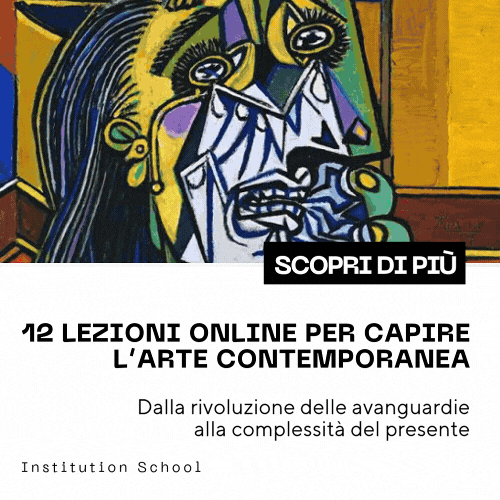Esterházy Palace and the St. Margarethen Quarry: two treasures of Burgenland, Austria
Less than an hour’s drive from Vienna, in the Schlossquartier of Eisenstadt, capital of Burgenland, Austria’s easternmost and flattest state, stands the imposing Esterházy Palace, one of Austria’s most beautiful Baroque castles . The castle was once the residence of important members of the aristocracy, including the Esterházy family. It was in fact Nikolaus Esterházy who was the first of the noble house to own the building in the mid-17th century, but it was his son Paul I who had it enlarged and renovated in the second half of the century. Appointed prince thanks to Emperor Leopold, Paul I made numerous interventions to the structure and especially had the Great Hall, now known as the Haydnsaal, built.
In the 18th century the castle rooms were further renovated according to the taste and fashion of the time, thanks to the couple Paul II Anton and Anna Maria Lunati Visconti, both art lovers. Prince Nikolaus I, Paul’s brother, resided in the palace and later Prince Anton, who was responsible for the construction of the wing in front of the palace. The stables were then built to house the Esterházy’s best horses. A later expansion took place with Prince Nikolaus II , who, with the help of architect Charles Moreau, renovated the residence in a more contemporary style in the early 19th century: the towers on the north side were rebuilt in the spirit of classicism, and a garden hall was added to the great hall. Passionate about botany, antiquities and the latest technologies, he also had his palace garden redesigned in the latest fashion: an English garden with a temple, waterfalls, ponds and greenhouses. The Eisenstadt palace underwent another renovation of its rooms beginning in 1945, when various institutions of the Burgenland provincial government were housed within it. From 1969 to 2009 the castle was leased by the state of Burgenland, and in 2010 alterations and expansions finally began to adapt it for offices and exhibition displays, thanks to the private Esterházy Foundation. Today, the castle attracts many visitors both as a museum and as a venue for contemporary events: it houses part of the private collection of the historic Esterházy family and hosts cultural events, including the Herbstgold Festival (this year from September 11 to 25), an event in which classical music, jazz, and gypsy music mingle with the gastronomy, oenology, and tradition of this extraordinary historic place.
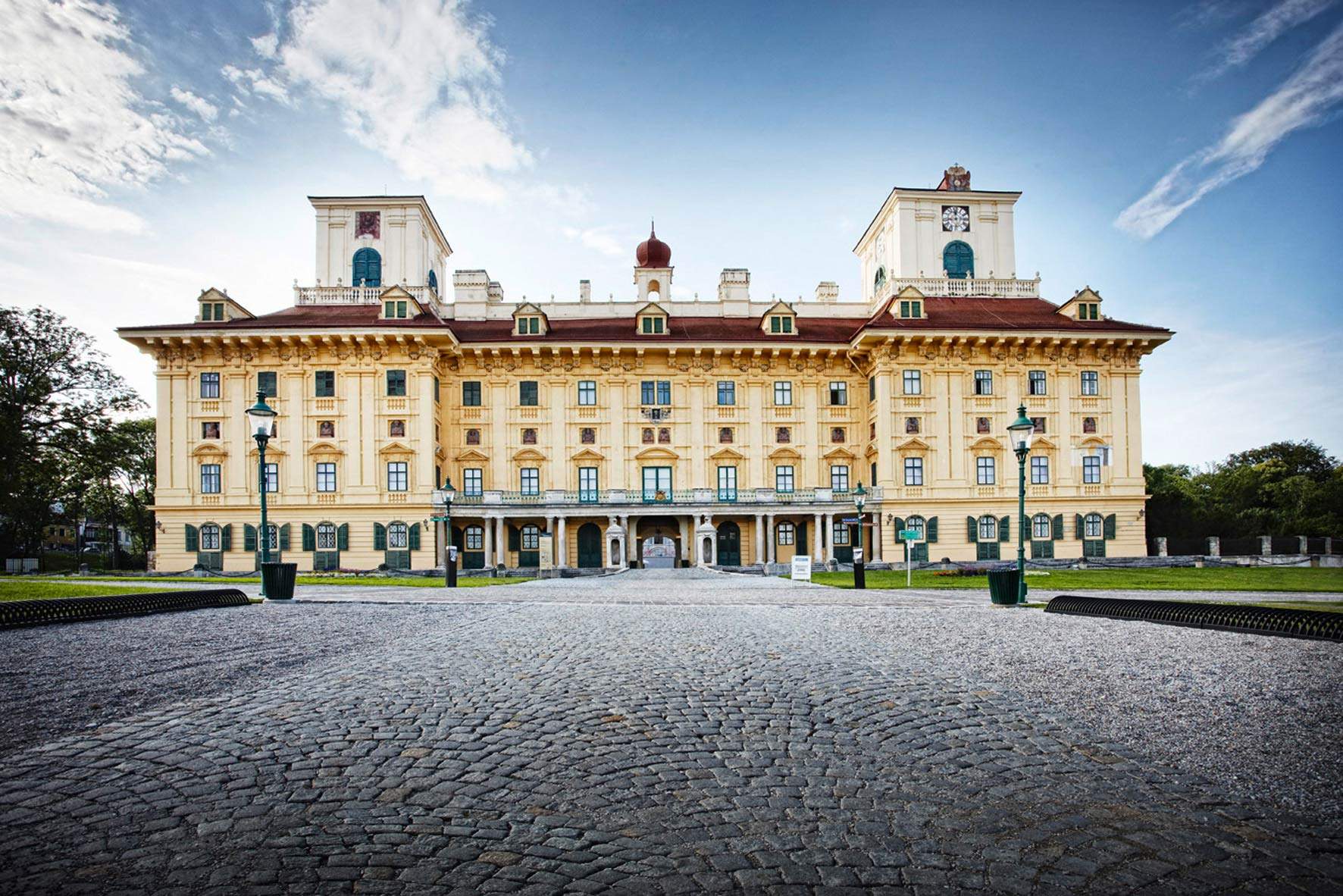
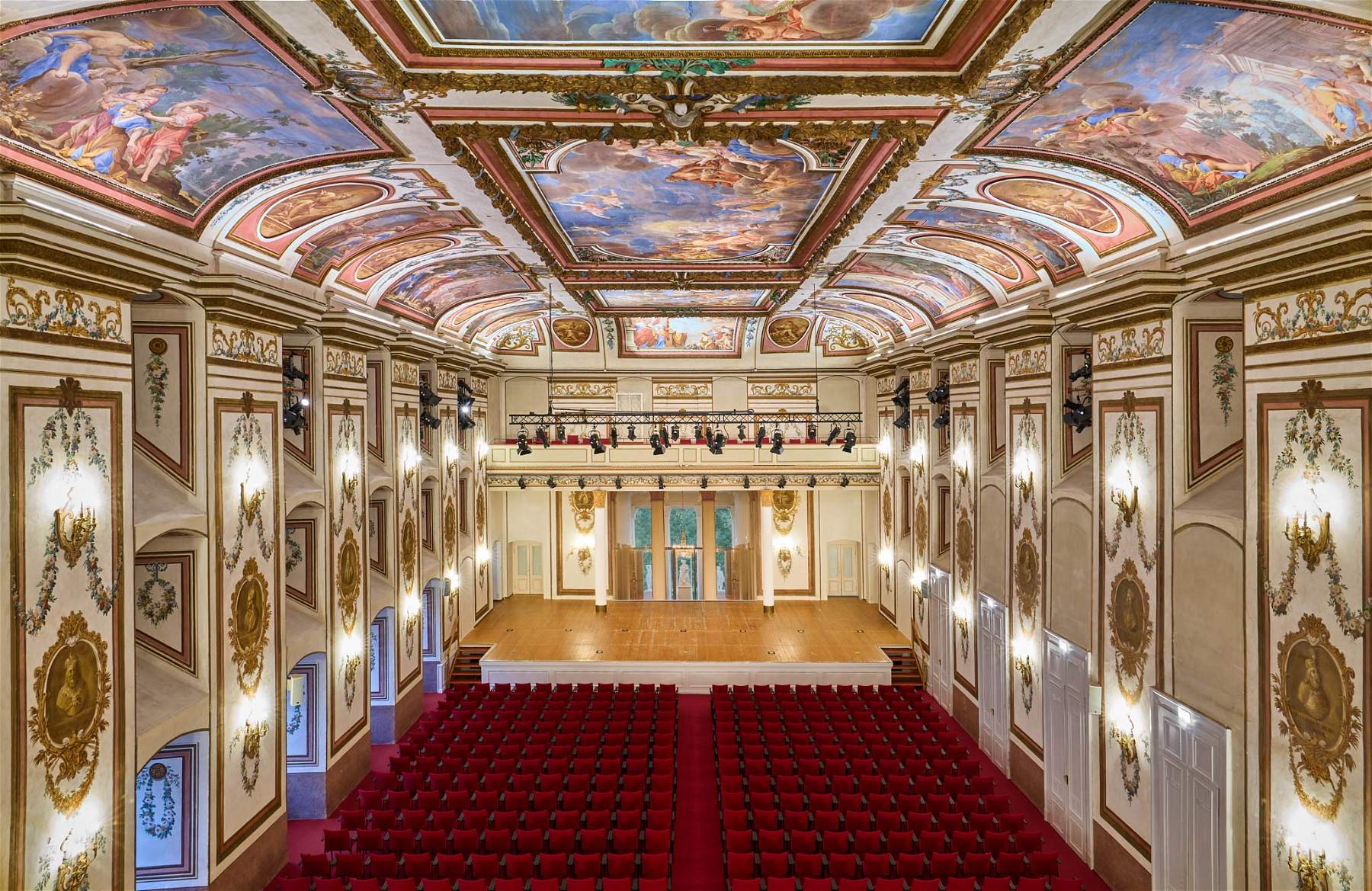
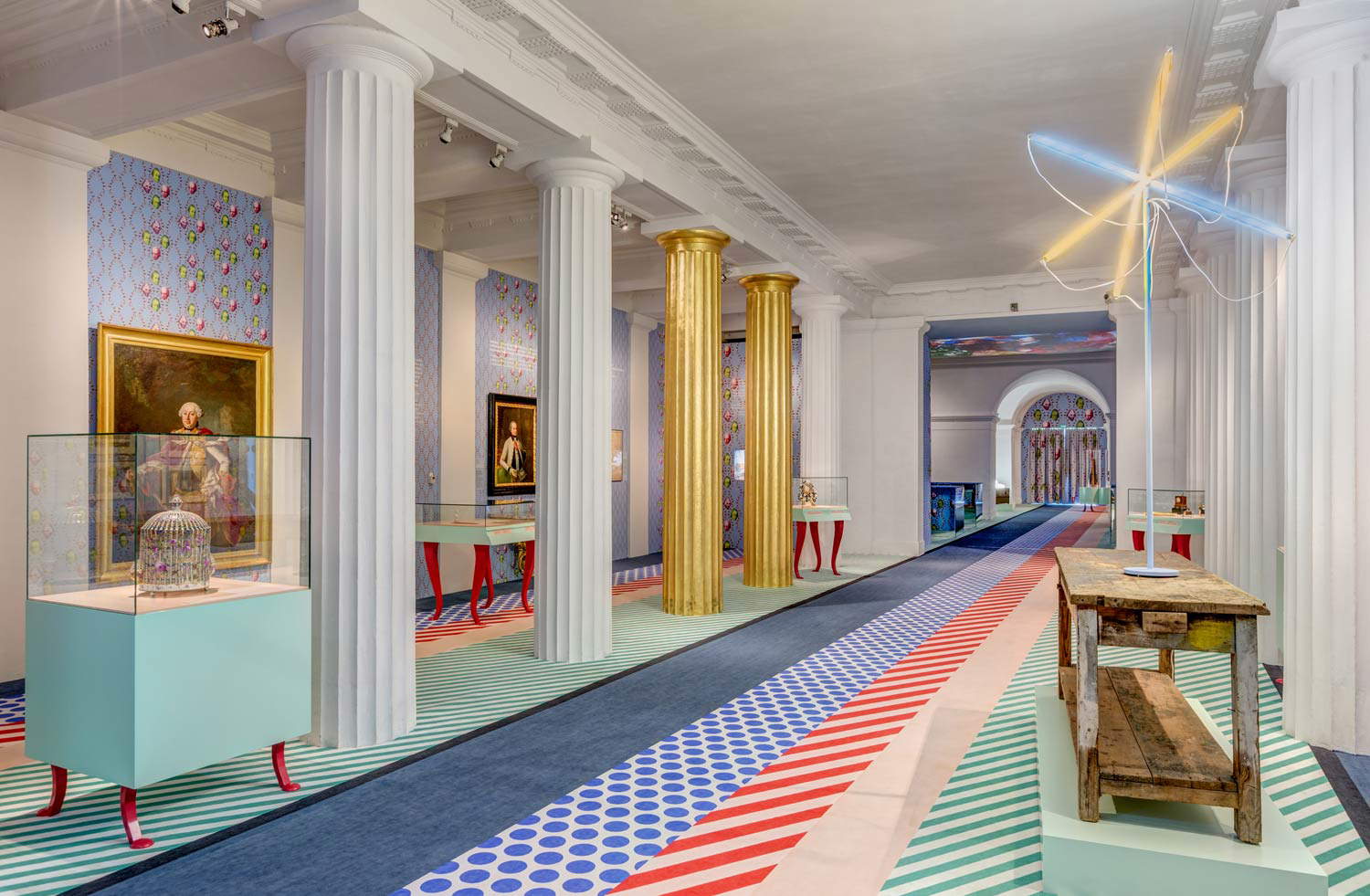
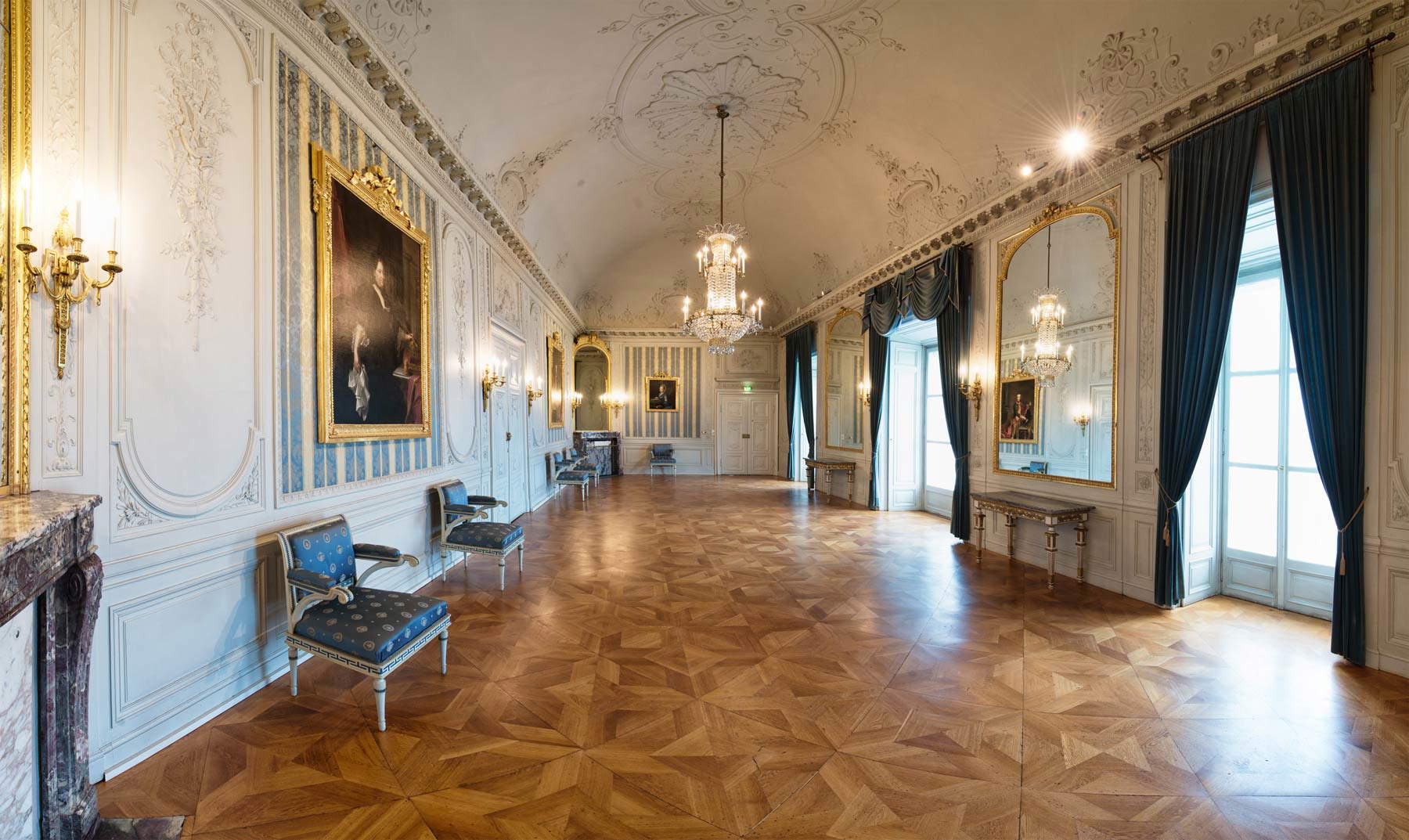
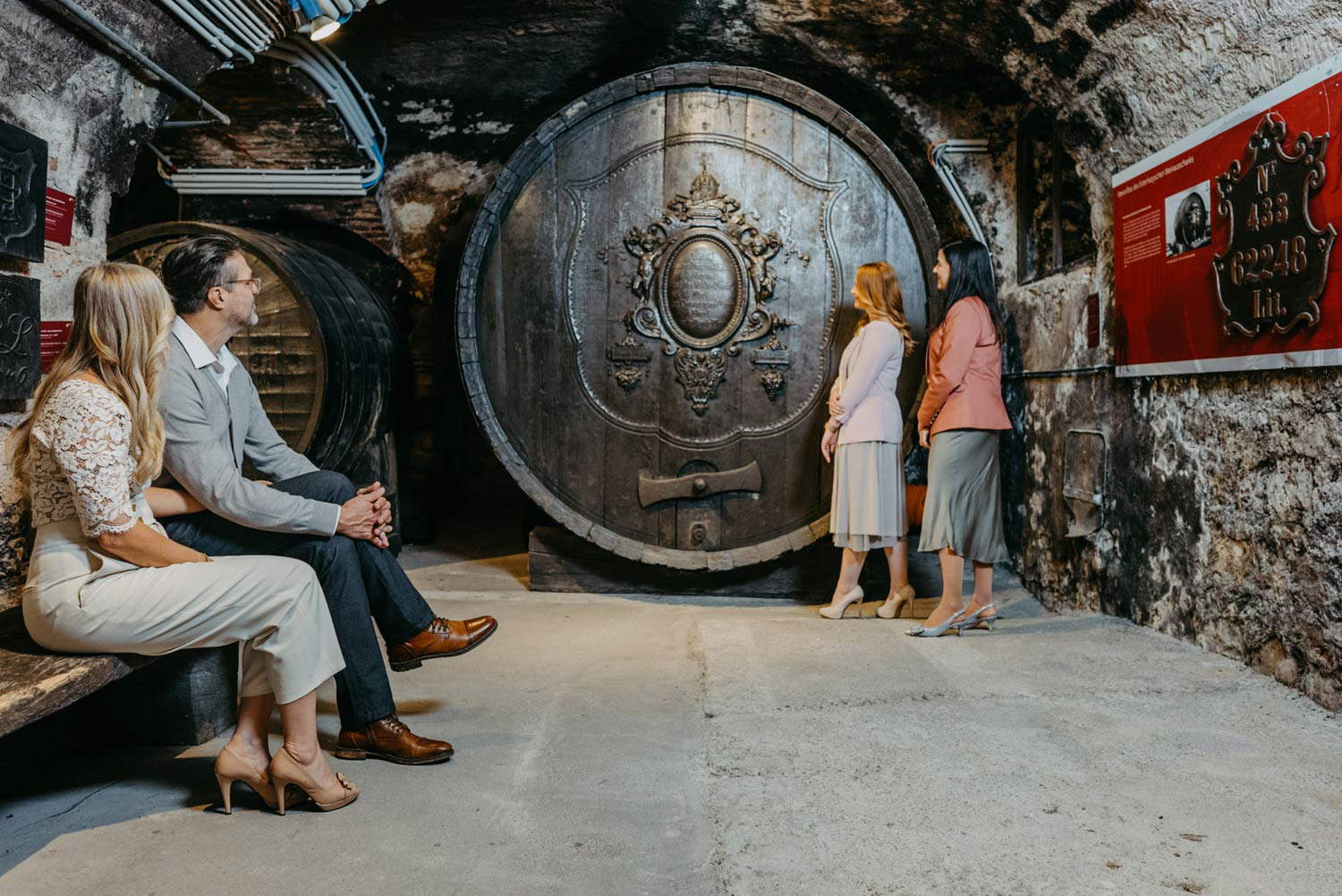
As already stated, it was Paul I who had the splendid Baroque hall now known as the Haydnsaal (named after the famous composer, Joseph Haydn, who was in the service of the Esterházy princes for about forty years) built and considered to be among the most beautiful concert halls in the world. A unique concert hall, it is world-renowned for both its design and its acoustics. The hall is also richly decorated with frescoes depicting the fable of Cupid and Psyche, as well as portraits of emperors, nobles, mythological scenes, and the landscapes of the Esterházy estates. The Haydnsaal is used for over a hundred concerts a year, and each event is an unforgettable experience: it hosts the Classic classical music concerts. Esterházy and the Herbstgold Festival. This year the new resident orchestra, the Chamber Orchestra of Europe, moves into the Haydnsaal. Founded in 1981 by a group of young international musicians, the orchestra has worked with Claudio Abbado and Nikolaus Harnoncourt. Greats from the music world still gather in the Chamber Orchestra today to give concerts and recordings with great conductors and soloists.
The palace offers a glimpse of glamorous life at the court of the Esterházy princes, and to this day, the intent of the private Esterházy Foundation is to create a link between past and present, interpreting history with a contemporary approach and creating exhibitions that bridge the era of the noble lineage and the world today. Beginning with the permanent exhibition Glanzlichter , which testifies to the Esterházy princes’ patronage and passion for collecting. Precious porcelain, silverware, and high-quality works of art complement the historic furniture preserved here: from porcelain by the Frankenthal manufactory to the world’s largest empire-style silver table service made by the famous Viennese goldsmith Würth, from miniatures to paintings to sculptures, including one by Antonio Canova depicting Princess Leopoldine Esterházy seated, daughter of Prince Nikolaus II.
The Palace’s Sala Terrena, on the other hand, has been dedicated since 2009 to Joseph Haydn with the permanent exhibition Haydn explosiv. Music from Revolutionary Times. For the Esterházy family, Haydn worked from 1761 to 1803 as a composer, court musician and conductor, On display are historical autographs, sheet music, paintings, graphic works and musical instruments that contrast with contemporary works, such as Roy Lichtenstein’s colorful carpet-covered floor and wallpaper-covered walls by Franz West, Verena Dengler and Margit Nobis; there are also sound installations. The permanent exhibition aims to tell the story of Haydn’s life and work at the Esterházy court, but also as a figure who profoundly influenced the history of international music, even reaching the stages of London. Also on view are documents and original musical instruments such as hisHammerflügel piano that was given to him by Princess Maria Josefa Hermenegilde, his patron, for whom the composer devised piano sonatas that she performed directly with theHammerflügel.
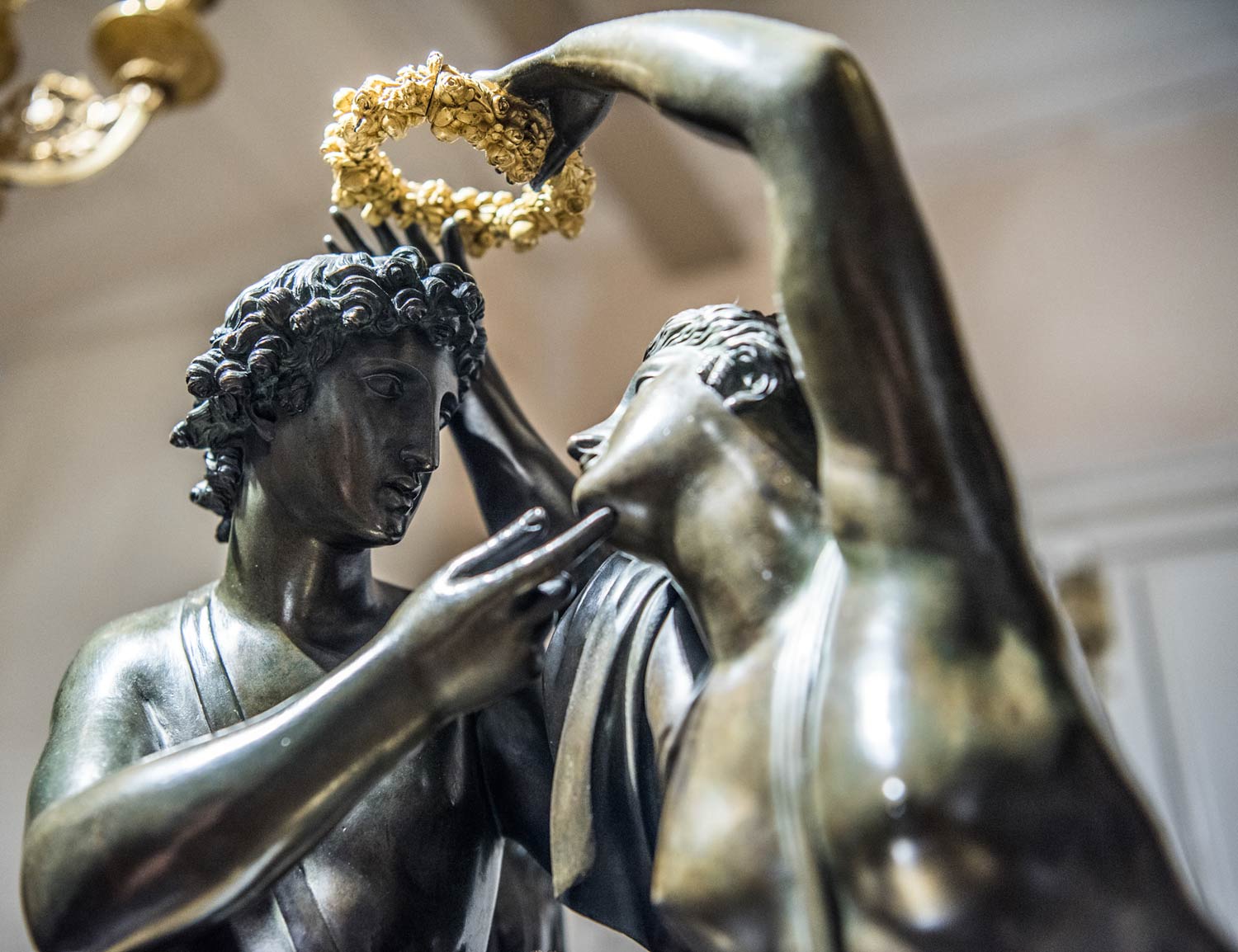
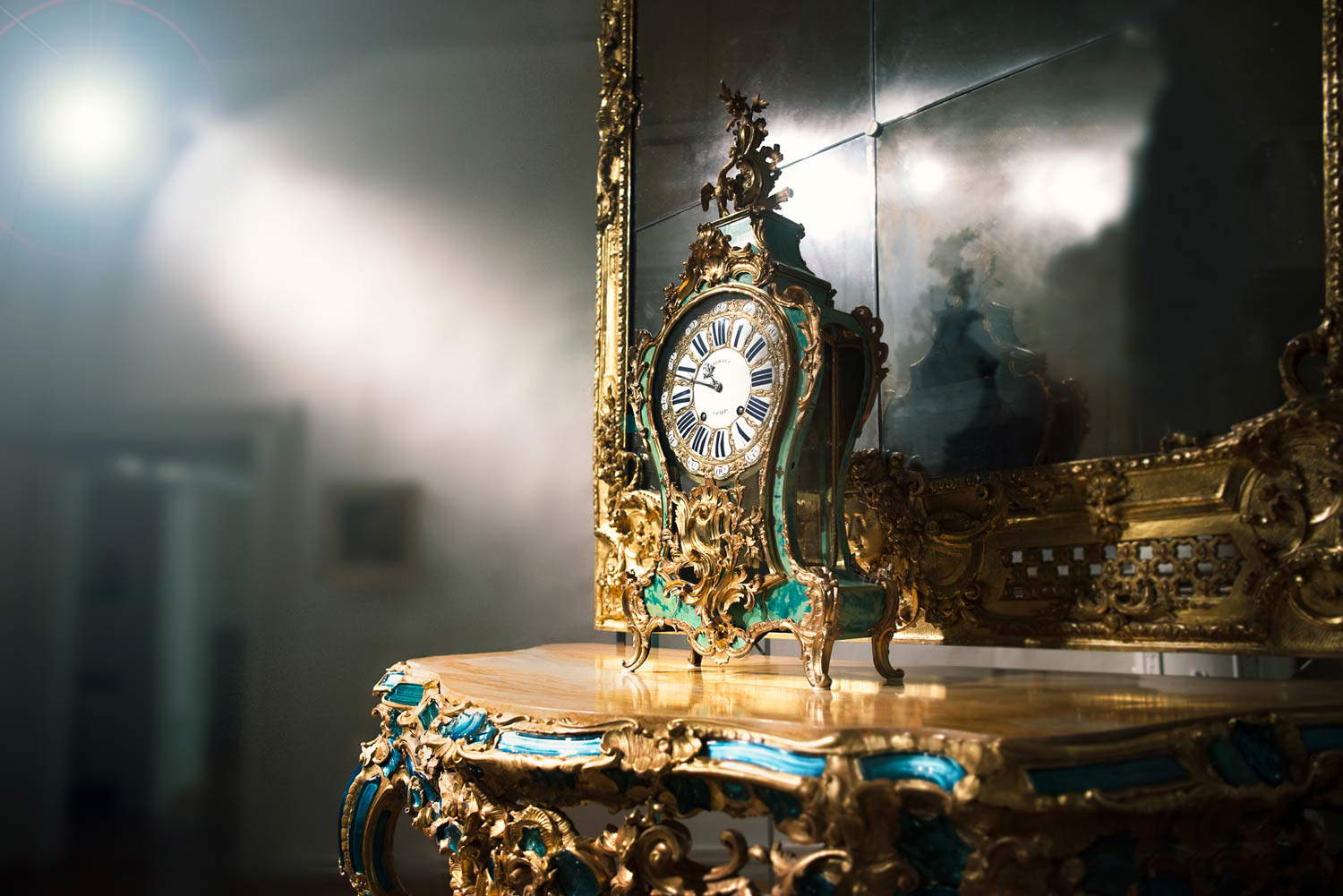
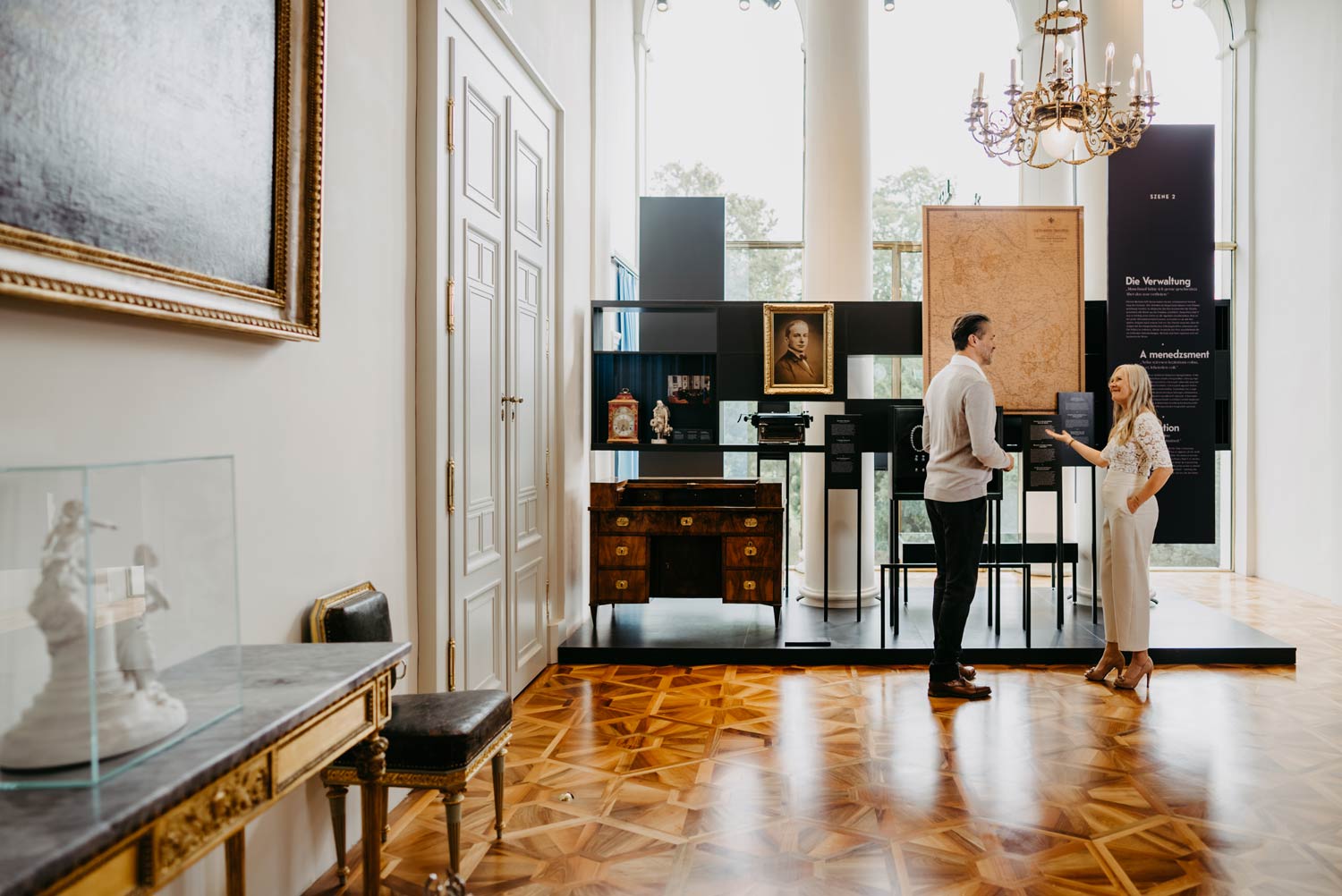
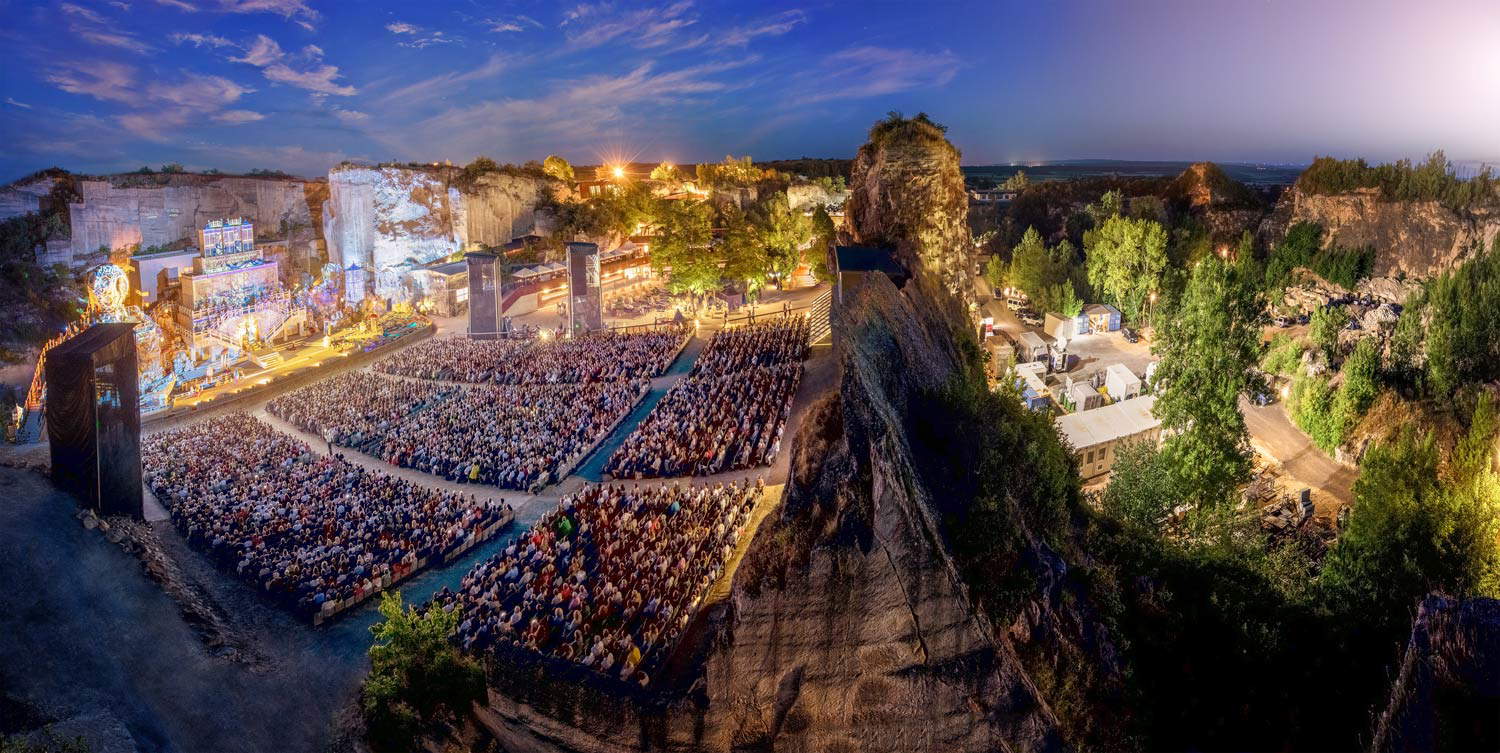
The public also has the opportunity to visit thePrincess Apartment, or the lavishly decorated rooms of the Esterházy’s three princess consorts: Maria Josefa Hermenegilda, Maria Theresia and Lady Sarah Child-Villiers. Through these rooms, visitors have the opportunity to discover their lives and lifestyles. Then there is the five-act exhibition titled Life Gave Me Much, which recounts in five acts the existence of the last couple of Princes Esterházy, Melinda and Paul V, but in particular the exhibition focuses on the life of Melinda Ottrubay, a dancer at the Budapest Opera and the prince’s bride. Objects and documents, as well as rare films, thus illustrate the personality of a woman who showed presence on stage and practiced restraint in her private life.
Finally, the castle cellar houses one of Austria’s largest museums devoted to wine. The Esterházy household is linked to wine by a long tradition as winemakers, and the museum houses numerous objects related to oenology and viticulture.
In addition to the splendid Esterházy Castle, Burgenland also offers one of the most internationally impressive venues dedicated toopera lovers: the St. Margarethen Quarry. It is one of Europe’s oldest stone quarries and home to one of Europe’s most impressive open-air theaters . With a standard capable of offering popular and high-quality opera productions,Opera in the Quarry is a center of attraction for passionate audiences and international opera and music stars. Declared a UNESCO World Heritage Site in 2001, the prehistoric quarry consisting of sandstone, which is still mined today, has unearthed many fossils, including some dating back 25 million years.
The 2022 opera season includes a performance of Giuseppe Verdi ’s Nabucco (July 13 to Aug. 14). An opera that seems to be made for the quarry with its powerful images and memorable melodies. Director Francisco Negrin has staged the opera and, with international stars, prepares an event not to be missed.
For more information about the Esterházy Palace and the St. Margarethen Quarry you can visit austria.info
 |
| Esterházy Palace and the St. Margarethen Quarry: two treasures of Burgenland, Austria |
Warning: the translation into English of the original Italian article was created using automatic tools. We undertake to review all articles, but we do not guarantee the total absence of inaccuracies in the translation due to the program. You can find the original by clicking on the ITA button. If you find any mistake,please contact us.







